Predictions for the Future of Modular Design
The world of modular design has been evolving rapidly over the past few years, with more homeowners and businesses embracing its flexibility, functionality, and aesthetic appeal. As we look to the future, the modular design industry is set to continue its rise, adapting to new technologies, sustainability demands, and changing lifestyle needs. Here are some predictions for the future of modular design:
1. Increased Customization
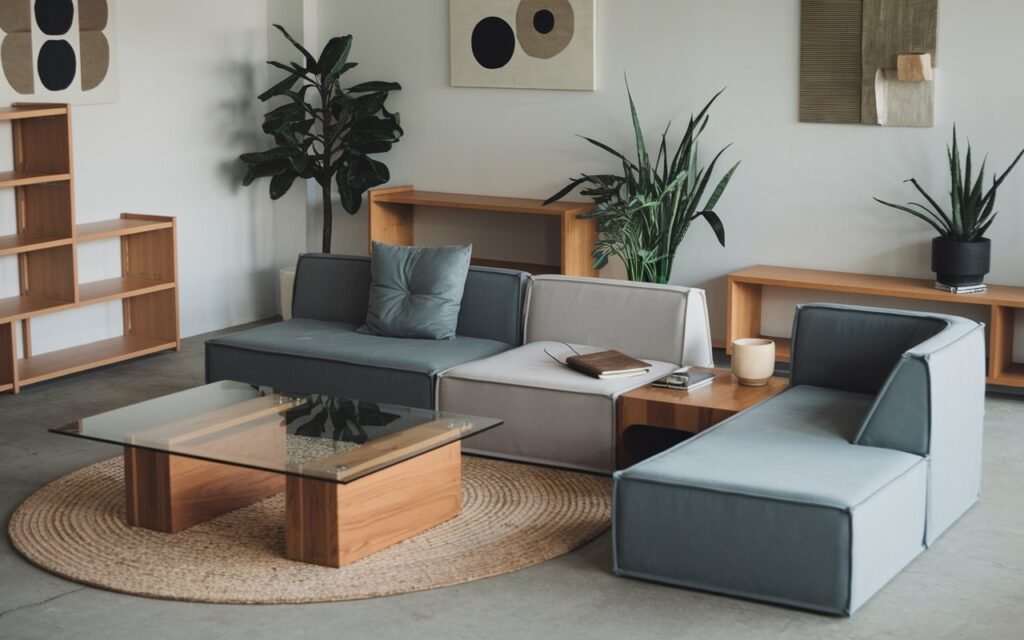
In the future, modular design will become even more personalized. With advancements in technology, consumers will have more control over the design process. Companies may offer online platforms or apps where customers can design their modular furniture or spaces, choosing the exact dimensions, materials, and features to suit their needs. This will give homeowners the power to create truly unique environments that reflect their personal style.
2. Sustainability Will Be Key
Sustainability is becoming a central focus in every industry, and modular design is no exception. In the future, there will be a stronger emphasis on using eco-friendly materials like recycled wood, bamboo, and biodegradable fabrics. Companies will also focus on reducing waste in the manufacturing process and creating products that are easy to recycle or repurpose. Modular design’s flexibility and longevity already make it a sustainable choice, but future innovations will push it even further in this direction.
3. Integration with Smart Technology
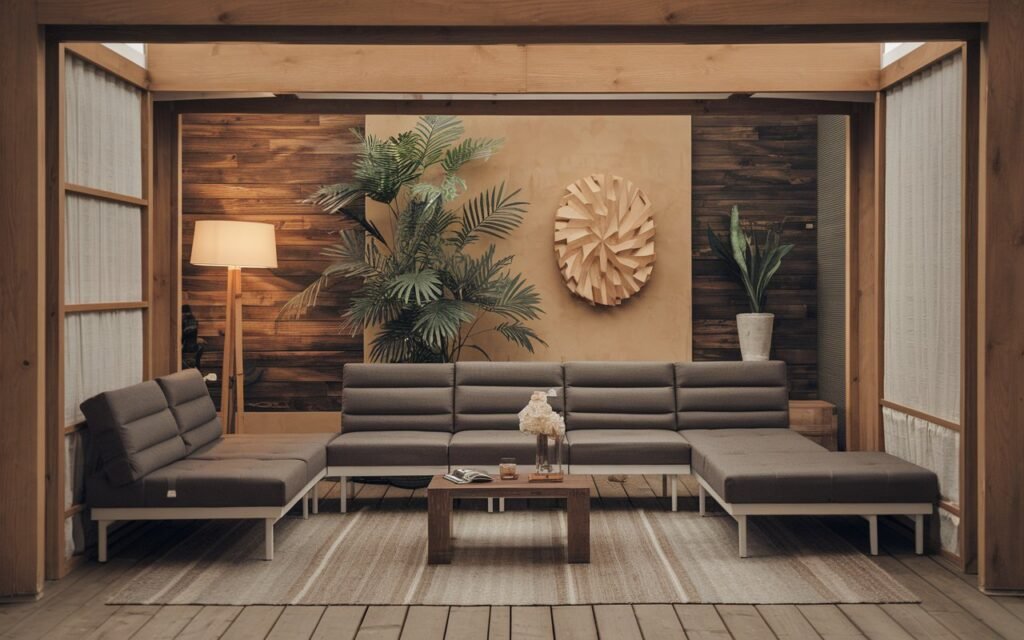
As smart homes become more common, modular design will integrate with advanced technologies. We can expect to see modular furniture with built-in features like wireless charging, smart lighting, and adjustable settings controlled via smartphone apps. For example, modular beds may include sleep-tracking technology, or modular desks could have height-adjustable options powered by sensors. This fusion of technology and design will offer consumers both convenience and comfort.
4. Compact Living Solutions
With urbanization on the rise and living spaces getting smaller, the future of modular design will heavily focus on compact living solutions. Modular furniture that can transform, fold, or stack will be essential for city dwellers with limited space. Companies will continue to innovate by creating multi-functional pieces that cater to different activities throughout the day. For instance, a modular table that transforms from a work desk during the day to a dining table at night will become more common.
5. Modular Architecture
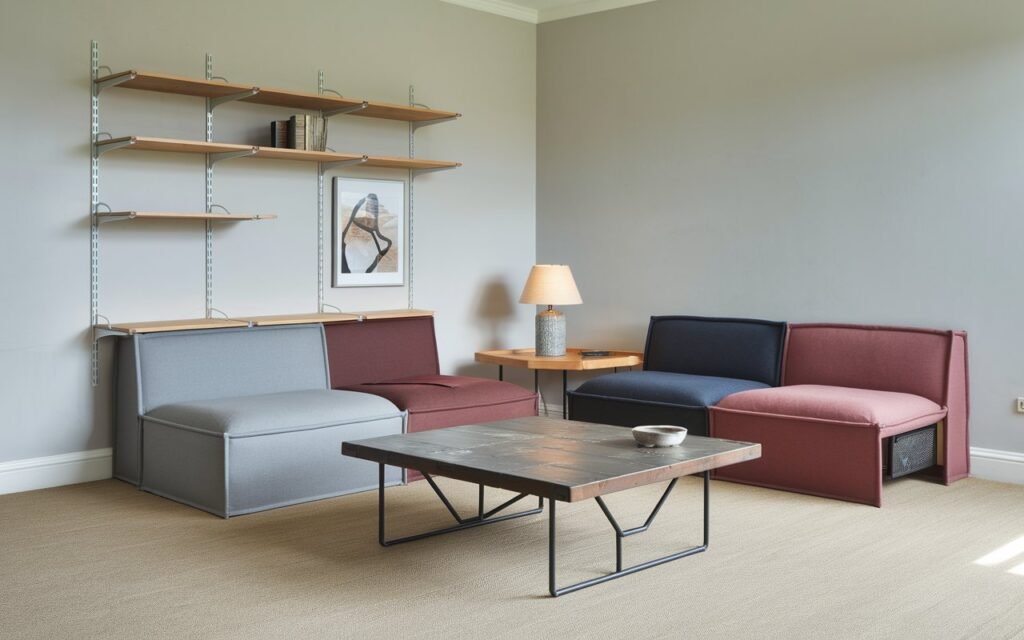
The future of modular design isn’t limited to furniture—it will expand to modular architecture. Modular homes and offices that can be built and assembled quickly will become more popular due to their cost-effectiveness and sustainability. Prefabricated modular units may become the norm for residential buildings, allowing for faster construction times and reduced environmental impact. These modular structures will also be highly customizable, enabling homeowners and businesses to design spaces that meet their specific needs.
6. Health and Wellness-Focused Design
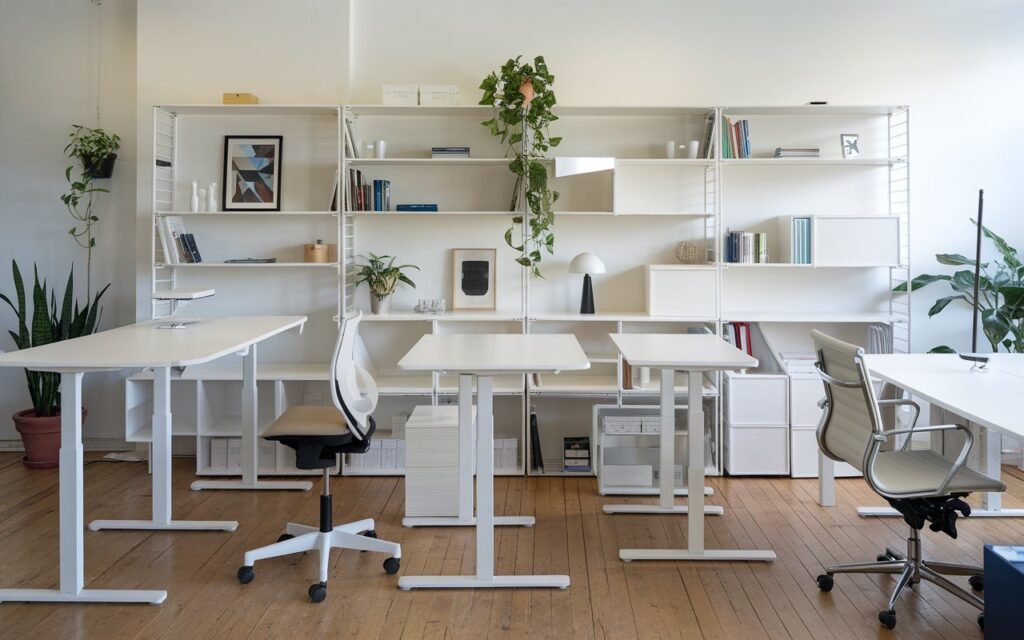
Modular design will increasingly focus on health and wellness. Ergonomic modular furniture that promotes good posture and comfort will be a key trend, especially as more people work from home. We’ll also see modular designs that incorporate biophilic elements, such as natural materials, green walls, and indoor plants, to create spaces that enhance mental and physical well-being. This focus on wellness will not only be seen in homes but also in office environments, where modular furniture will be designed to reduce stress and improve productivity.
7. Simplicity and Minimalism
The future of modular design will continue to embrace simplicity and minimalism. With more people looking to declutter their lives and create peaceful, organized spaces, modular designs that are clean, simple, and functional will remain popular. Furniture with sleek lines, neutral colors, and hidden storage solutions will dominate the market, helping people create minimalist spaces that promote a sense of calm and order.
8. Modular Outdoor Spaces
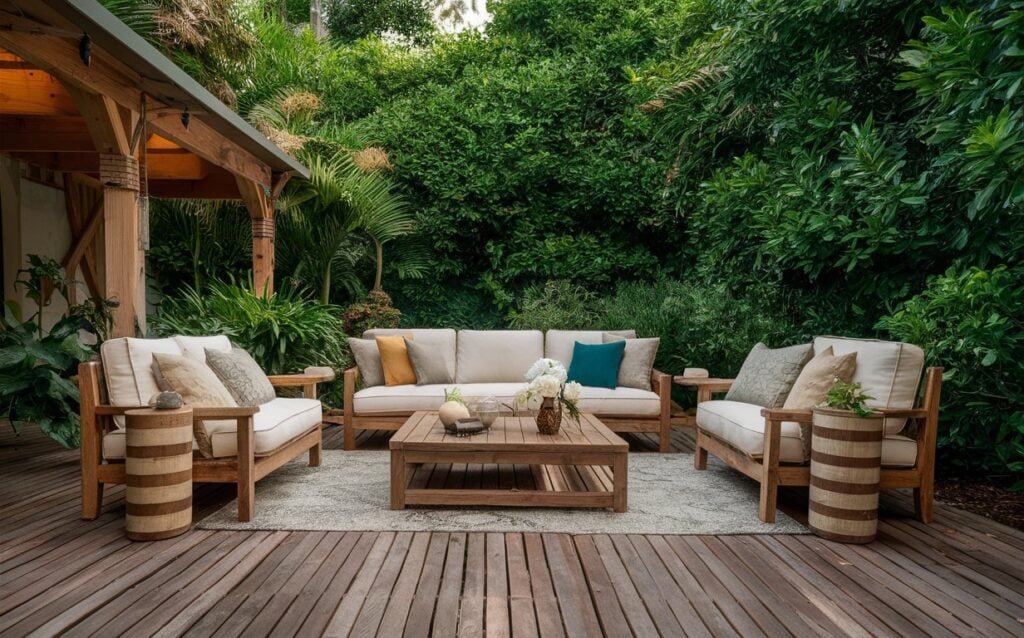
Modular design will expand beyond indoor spaces to outdoor environments. As people spend more time in their outdoor areas, whether for relaxation or entertaining, modular outdoor furniture will become a must-have. Future modular outdoor solutions will include weather-resistant furniture that can be easily reconfigured to suit different activities. From modular seating areas to garden planters that can be arranged in various ways, outdoor modular design will make it easier for people to create flexible and functional outdoor spaces.
9. Collaborative and Shared Spaces
As the nature of work and living changes, modular design will cater to collaborative and shared spaces. Co-living and co-working environments will benefit from modular designs that can be reconfigured based on the number of occupants or the type of activity. For instance, modular furniture in co-working spaces can be adjusted to create private work areas, collaborative meeting spaces, or social zones. This adaptability will make modular design a go-to solution for shared environments.
10. AI-Powered Design Solutions
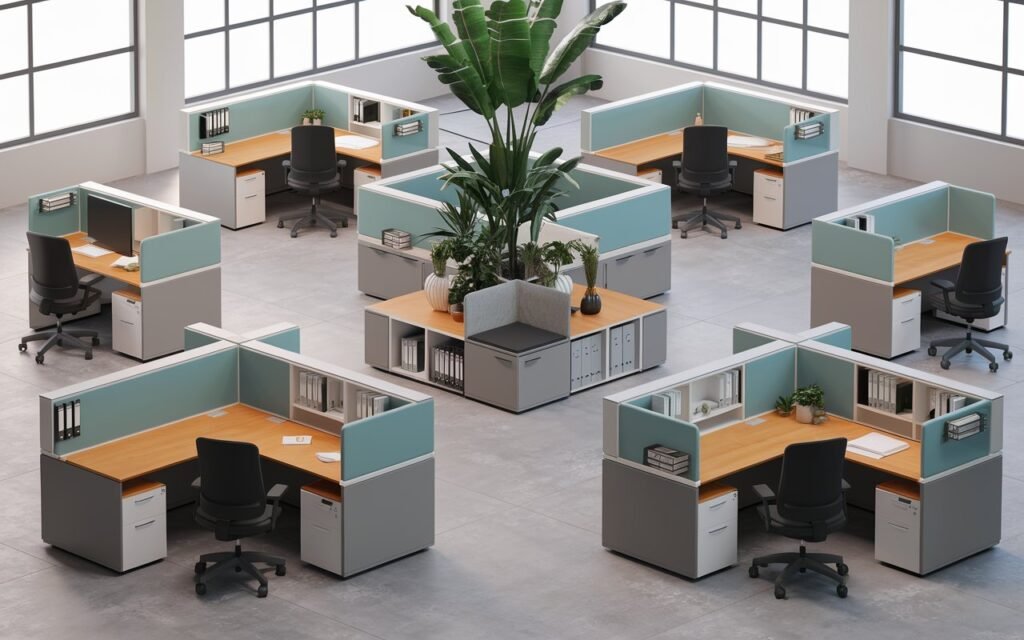
Artificial Intelligence (AI) will play a significant role in the future of modular design. AI-powered tools will help designers and consumers create optimized layouts and furniture configurations based on space and usage patterns. AI can analyze data on how people move through and use their spaces, providing recommendations for furniture placement, modular configurations, and even lighting. This data-driven approach will result in more efficient and functional spaces that cater to the specific needs of the user.
The future of modular design is bright, with endless possibilities for innovation and improvement. As we move forward, we can expect modular design to become more personalized, sustainable, and technologically integrated. Whether it’s creating flexible living spaces, embracing eco-friendly materials, or using AI to optimize designs, modular design will continue to shape the way we live and work in the years to come. At Shree Interior Wudtech, we are excited to be part of this evolution, offering cutting-edge modular furniture solutions that meet the changing needs of modern homeowners.
Summary
The future of modular design is poised for transformative growth, emphasizing increased customization, sustainability, and technological integration. Key predictions include personalized design processes facilitated by technology, a focus on eco-friendly materials, and the incorporation of smart technology for enhanced functionality. The rise of compact living solutions and modular architecture will address urbanization challenges, while health and wellness-focused designs aim to improve comfort and productivity. Additionally, outdoor modular spaces and collaborative environments will become more prominent. With advancements in AI-powered design tools, modular design will cater to individual needs and enhance overall living experiences. Shree Interior Wudtech is excited to be at the forefront of these innovations, offering cutting-edge modular furniture solutions that align with the evolving demands of modern homeowners.



